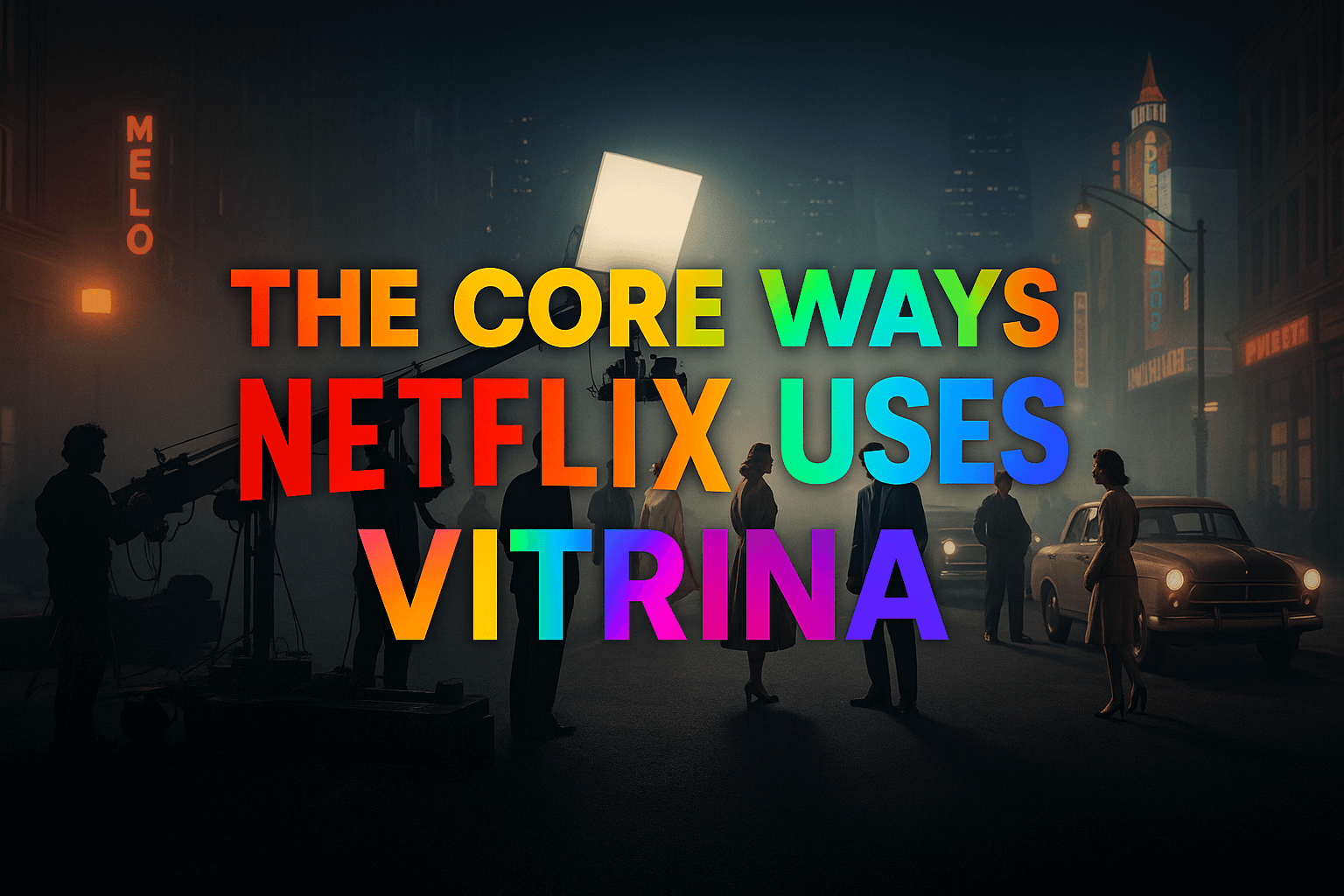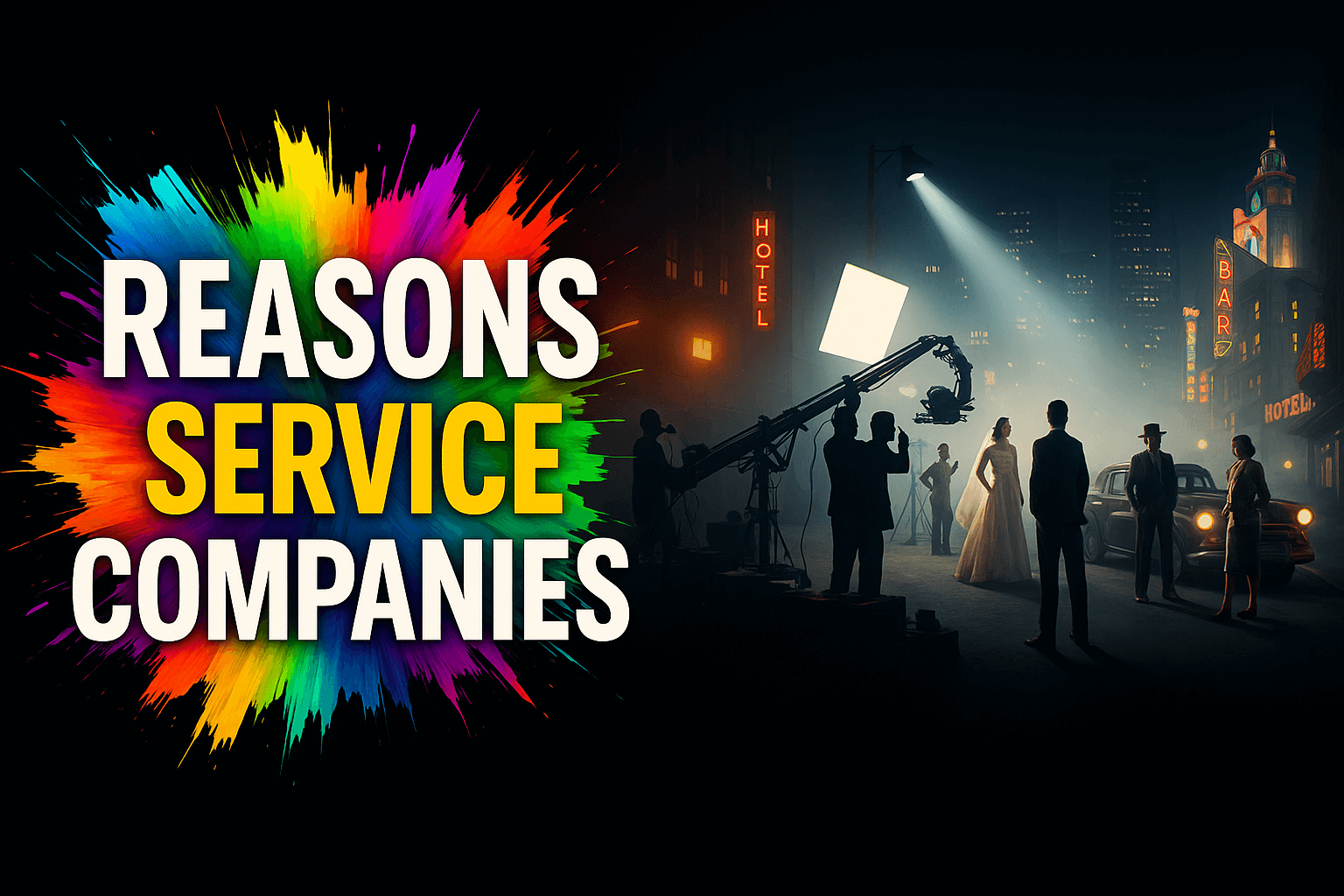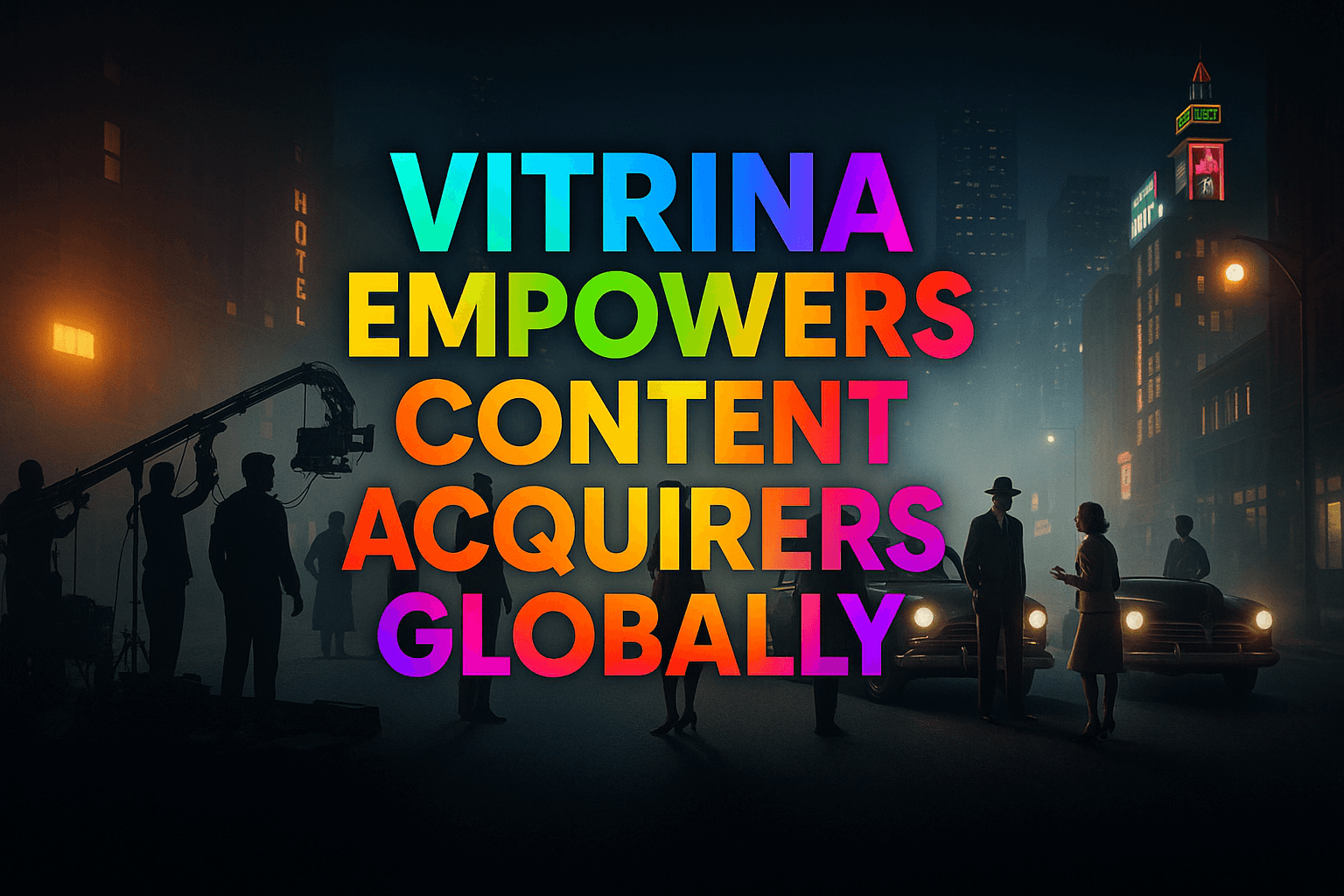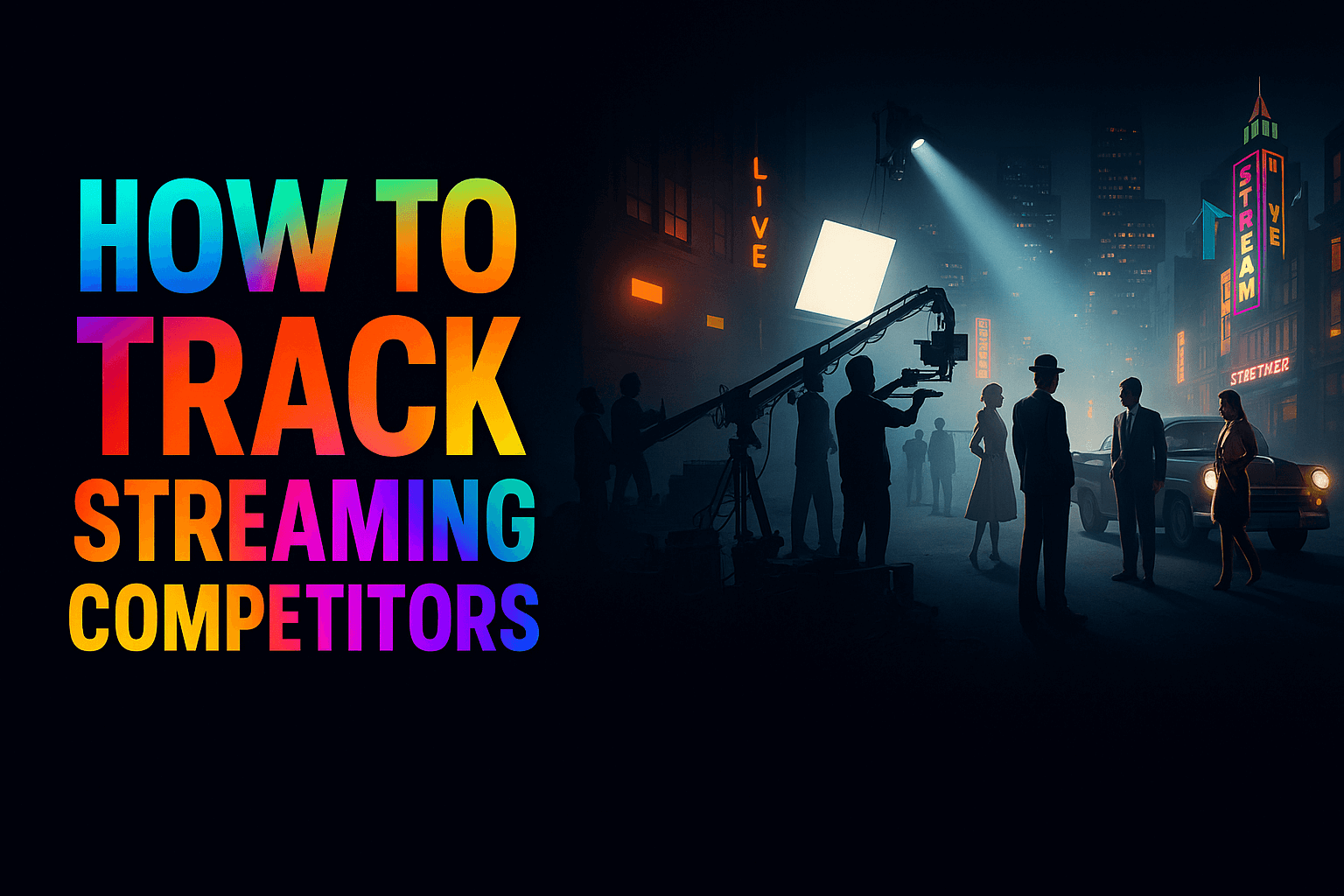Introduction
In today’s digital entertainment landscape, content acquisition has become a critical strategy for film distributors, OTT platforms, and streaming services. With the rise of over-the-top (OTT) platforms like Netflix, Disney+, and Amazon Prime Video, understanding how to acquire and license film rights is essential for staying competitive. This guide explores the acquisition strategies, monetization models, and best practices used across the film industry.
Content acquisition refers to the process of purchasing, licensing, or securing distribution rights for films and TV shows. It can involve negotiating for exclusive content, licensing third-party content, or producing original programming. Platforms must weigh factors such as cost, exclusivity, audience appeal, and long-term value when deciding on acquisition strategies.
Key Takeaways
| Topic | Summary |
| Licensing Models for OTT Platforms | Examines exclusive vs. non-exclusive content licensing in OTT platforms. |
| Global Rights Acquisition for Streaming | Insights into global rights negotiations for expanding streaming reach. |
| Exclusive vs. Non-Exclusive Content | Benefits and challenges of exclusive vs. non-exclusive content acquisition for OTT. |
| Original Content Strategy | How OTT platforms use original programming to build brand loyalty. |
| AI in Content Acquisition | Role of AI and data in revolutionizing film acquisition processes. |
| Partnerships in Film Acquisition | How partnerships with studios enhance streaming platforms’ content libraries. |
| Licensing Costs Breakdown | A detailed look at the cost structure in OTT content acquisition. |
| International Content in Streaming | How global content helps platforms target new audiences. |
| Content Expiry and Subscriber Churn | Risks of expiring content licenses and managing subscriber retention. |
| Content Valuation Economics | Evaluating content value in streaming to maximize acquisitions.- |
Table of content
- Introduction
- The Core Models of Content Acquisition in the Film Industry
- Licensing Models for OTT Platforms
- How Streaming Services Use Global Rights Acquisition
- Exclusive vs. Non-Exclusive Content in OTT
- Original Content as a Key Driver for Acquisition
- OTT Original Content Strategy
- The Role of AI in OTT Content Acquisition
- Challenges and Opportunities in Film Acquisition
- Partnerships in Film Acquisition for Streaming
- OTT Acquisition: Understanding Licensing Costs
- International Content in OTT Platforms
- Managing Content Expiry and Subscriber Retention
- The Economics of Content Valuation in Streaming
- FAQs
Struggling to Find the Right Content Distributor?

The Core Models of Content Acquisition in the Film Industry

- Licensing Models for OTT Platforms
OTT platforms like Netflix and Amazon rely on two primary content licensing models: exclusive and non-exclusive agreements. In exclusive deals, platforms secure the right to stream content to their subscribers, preventing competitors from doing so. Non-exclusive content, on the other hand, can be licensed to multiple platforms, offering more flexibility but often yielding less brand differentiation.
Learn more about licensing models for OTT platforms. - How Streaming Services Use Global Rights Acquisition
One critical strategy for expanding reach is acquiring global distribution rights. By negotiating for worldwide licensing deals, streaming services can tap into new markets, especially as international content grows in demand. Services like Netflix often invest heavily in securing global rights to popular films and shows, allowing them to offer a more consistent library across regions.
Explore global rights acquisition in streaming. - Exclusive vs Non-Exclusive Content in OTT
Exclusive content helps platforms differentiate themselves and build loyalty among subscribers. However, non-exclusive deals often offer more flexibility and lower costs. OTT platforms must balance the benefits of exclusivity against the cost of securing such deals, which can significantly impact their content strategy and budget.
For more insights, read about the advantages of exclusive vs non-exclusive content.
Original Content as a Key Driver for Acquisition
- OTT Original Content Strategy
Original content has become a cornerstone for OTT platforms looking to build brand loyalty and differentiate themselves from competitors. Netflix, for example, has become known for producing original films and series, such as Stranger Things and The Crown, which are exclusively available to subscribers. Original content provides a unique value proposition and can drive new subscriber growth.
Read more about the OTT original content strategy. - The Role of AI in OTT Content Acquisition
Artificial intelligence (AI) is playing an increasingly significant role in content acquisition. AI algorithms can analyze viewing patterns, audience demographics, and global trends to help platforms decide which content to acquire. This data-driven approach allows for more strategic and cost-effective acquisition decisions, ensuring platforms acquire content that resonates with their target audiences.
Discover how AI impacts content acquisition in OTT.
Need Reliable Post & Localization Services?

Challenges and Opportunities in Film Acquisition

- Partnerships in Film Acquisition for Streaming
Forming partnerships with studios, production companies, and other content creators is another strategy for expanding OTT content libraries. These partnerships allow platforms to secure high-quality content while sharing the financial risk. Strategic partnerships have helped platforms like Hulu and Amazon Prime Video build strong content catalogs that appeal to diverse audiences.
Learn more about partnerships in film acquisition. - OTT Acquisition: Understanding Licensing Costs
Licensing content is one of the most significant expenses for OTT platforms. The cost of acquiring content varies depending on factors such as exclusivity, demand, and global reach. OTT platforms must carefully analyze the potential return on investment (ROI) when securing licensing deals to ensure sustainable growth.
Explore the cost structure of OTT licensing. - International Content in OTT Platforms
As streaming platforms expand their global presence, acquiring international content has become essential. Offering a diverse content library with global appeal can help platforms attract audiences from different cultures and regions. Netflix, for instance, has invested heavily in international productions such as Money Heist and Squid Game, which have become global sensations.
Delve into international content strategies in OTT.
Managing Content Expiry and Subscriber Retention
- Content Expiry and Subscriber Churn in OTT
One of the most critical challenges OTT platforms face is managing content expiry. When licensing agreements come to an end, platforms may lose popular titles, which can lead to subscriber churn (the loss of subscribers). Churn management is essential, as losing high-value content can directly impact a platform’s ability to retain subscribers. Strategies to mitigate churn include content diversification, timely renewal of licenses, and offering new, exclusive content to keep audiences engaged.
Learn more about content expiry and subscriber churn and how to manage it effectively.
Connect with Global Buyers in Seconds!

The Economics of Content Valuation in Streaming
- The Economics of Content Valuation in Streaming
Content valuation is a complex process in the streaming industry, requiring platforms to assess the potential value of films or shows before acquisition. This involves calculating projected viewership, long-term subscriber retention, and the impact on overall platform growth. Many OTT platforms utilize sophisticated models and data analytics to estimate the return on investment (ROI) for each acquisition, ensuring they make profitable decisions.
OTT platforms that excel in content valuation are better equipped to optimize their acquisition strategies and offer compelling content to their audiences without overspending. The ability to accurately value content is crucial for platforms looking to balance costs and revenues.
Delve deeper into content valuation strategies for streaming platforms.
Conclusion
In the rapidly evolving world of film acquisition and streaming, success hinges on a platform’s ability to balance content variety, acquisition costs, and audience appeal. Whether it’s through licensing exclusive content, leveraging AI for data-driven decisions, or investing in original programming, OTT platforms must employ diverse strategies to thrive in a competitive landscape.
By exploring innovative models and staying ahead of industry trends, streaming platforms can continue to grow their subscriber base while optimizing costs. Understanding the full spectrum of acquisition strategies will enable platforms to secure content that resonates with their audience, ensuring long-term success and profitability.
Stay informed about the latest strategies and practices by reading more about content acquisition in the film industry and related topics through our cluster content.
Frequently Asked Questions
Content acquisition in the film industry refers to the process of obtaining the rights to distribute or exhibit films. This can involve purchasing, licensing, or negotiating distribution rights for films and television shows. OTT platforms, film studios, and distributors engage in content acquisition to expand their libraries and offer content to their audiences.
The main models of content acquisition for OTT platforms include: Subscription Video on Demand (SVOD): Platforms like Netflix charge a monthly fee for access to content. Advertising Video on Demand (AVOD): Platforms like Tubi offer free content supported by advertisements. Transactional Video on Demand (TVOD): Users pay to buy or rent specific content (e.g., iTunes). Hybrid models: A combination of AVOD, SVOD, and TVOD used by platforms like Hulu and Disney+.
Exclusive licensing gives a platform sole rights to distribute content, meaning no other platform can stream the same content during the licensing period. Non-exclusive licensing allows multiple platforms to stream the same content. Exclusive content helps differentiate platforms and attract subscribers, while non-exclusive content is typically cheaper and offers more flexibility.
Original content is crucial for OTT platforms because it builds brand loyalty and sets the platform apart from competitors. Platforms like Netflix and Amazon Prime invest heavily in producing original films and series to attract and retain subscribers. Original programming provides a unique value proposition that subscribers can’t find elsewhere.
Artificial intelligence helps platforms optimize content acquisition by analyzing viewer data, predicting trends, and identifying the types of content that will perform best with specific demographics. AI can also automate parts of the content acquisition process, making it more efficient and cost-effective.
Challenges in acquiring film rights include: High costs of licensing popular content Complex negotiations, especially for international rights Risk of subscriber churn due to content expiration Navigating legal and cont
The cost of film rights varies widely depending on the popularity of the content, the geographic scope of the rights, and whether the license is exclusive. Licensing deals can range from thousands to millions of dollars, especially for major blockbusters or exclusive content deals.
When a content license expires, the platform can no longer stream the film or show unless they renew the agreement. Expired licenses can lead to content removal, which may cause subscriber churn if viewers lose access to popular titles.
Acquiring global content allows OTT platforms to appeal to international audiences, expand their market reach, and differentiate their content offerings. Streaming services like Netflix and Amazon Prime have invested heavily in international content, which has boosted global subscriber growth and engagement.
A hybrid OTT monetization model combines multiple revenue strategies, such as offering both ad-supported (AVOD) and subscription-based (SVOD) content. This allows platforms to cater to a wider audience, offering free access to some content while charging for premium, ad-free experiences.





















































